‘“Then,” resumed he, “mad, desperate, determined to get rid of an existence from which she had stolen everything, honor and happiness, my poor brother returned to Lille, and learning the sentence which had condemned me in his place, surrendered himself, and hanged himself that same night from the iron bars on the loophole of his prison.”’
Dumas
Searching for Milady took place in book, internet, and on foot. Here is a list of the trips I took to seek traces of her time. As you will see if you follow that link, I began this conscious search in 2017 and then continued off and on to 2023. During that time the story was written, and I’d love to find readers. The search for a publisher or an authentic agent has taken over. (If you are an agent, or you’d like to help me find an international-minded agent, I’d be thrilled to hear from you.)
Milady is a cracking yarn, taking Anne from sweet child to emotional wreck, as most seventeenth century Ladies probably were. I don’t go as far as her death in my story because I don’t like to tread on Dumas’s words. So my story ends in Meung when she first claps eyes on that seventeen-year old ninny, D’Artagnon. Before I post the Meung report, if you will bear with me, this account finishes visiting her childhood haunts from Lille to Bethune to Armentières, and after that, we’ll head to jolly old England for some right royal adventures! For now, we stay in France. But, as I say, we’ll be back …
In the early seventeenth century, travel between Armentières and Lille would have been on feet. Either human or equine. Let’s say three and a half hours.
From Lille to Bourges might take about about four days.
Remember, Anne ran away from her Priory in Templemars with the naughty priest (brother of the Executioner). We know that because Dumas told us. After they ran, were caught with the golden chalices, and punished, they escape once more. I imagined Anne and François would struggle to find cash. Perhaps they offered to work to get food and a place to sleep. Eventually François found himself ministering to people in need. That was what he was good at, and it was what he knew. There were many Catholics that liked to hear the word of the Lord, of course. François had a reason to leave Templemars and it could have been his boss, a possibly corrupt religious figure? Dumas does not say …
François had a sincere admiration for Anne. He believed her beauty needed to be seen. She needed to be dressed in finery. He did not love her physically. She was shocked to discover he would not marry her. He could see a fellow victim. He knew they had to get out.
How? They might help a teacher. They could help a large family. They may help in the fields with the harvest. Or not. These were the shaky predictions of a hopeful story teller. At that stage of story development, I didn’t know. Anything could happen. But we did know they arrived at Athos’s estate and pretended to be brother and sister.
Consider Anne’s first glimpse of Olivier’s chateau. How much would be revealed to be his property? It could include heavy forest, a small river and laden crops in fields or orchards nearby. Just a glimpse of roof and chimneys above the trees. That must be the biggest house she’d ever seen. Chateau. It was not a church. No, but it’s had one. Perhaps a chapel? It belonged to the Comte de la Fere, Olivier. Who knew he would become Athos? Let the audience work it out?
But who would buy it then?
When they spot some cherries growing by the road Anne was about to grab them when her brother (François) reminded her they would stain her hands. He gave her a cloth to protect herself and gathered the fruit for her. She must be presentable, ready for the main chance, at any time. He intended to sell her to the highest bidder. Only Anne didn’t know that. Neither did Dumas, for that matter.
11th July 2017 was my first visit to Arras and Lille. You can find more details here. My writing arm was stuffed due to over-exertion in raking the gravel path so I did not write much detail. (I did manage to buy some strong smelling muscle cream with hardly any French!) However both places were far grander than I had imagined. Arras was famous for hundreds of years for the market square in the centre of town.
At the beginning of summer, Lille proved frustrating. The Tourist Information was reluctant to give me any hints of my period of history and indeed, apart from one street of timber framed houses, Lille seemed modern, probably as a result of the wars. Actually, the young man did swirl his official Tourist Biro around two or three points but shrugged and thought my task impossible. Probably because it was lunchtime, the workers were not attending to their tourist duties as fastidiously as I had encountered in other corners of La France.
So I wandered around by myself and, walking straight down the antique road, found a likely carriage shaped entrance and discovered the Museé de l’Hospice Comtesse.
This is where Anne came to rest after she escaped from the prison. She had heard of it all her life. Or perhaps she went to the Beguinage? Either, for she had to be somewhere François could find her.
I returned to Lille on Monday 26th September 2017 towards the end of my research trip.
Lovely woman at Lille information. A fantastic efficient person who very quickly got me the best price and times for my rushed travel plans. Dumas describes two towns, Béthune and Armèntieres, as places of Anne’s childhood. They are also the places of her end. Her grave markers.
I would have an hour and a half in Béthune; quick step to the Tourist Office and possibly sight some place, a kind of convent/abbaye/monument of Catholic female history, where Milady might kill Constance. The helpful woman told me there was no such place in Béthune. This I found to be true.
Then I would have an hour in Armentières which I hoped would give me time to trot to over to see the River Lys and take a photo.
Traces of history were just below the surface and I needed to find if there was any obvious mountain or some strange outcrop that might help me place her in the landscape. A landmark for Milady.
The Alpha and Omega of Anne today. I can hear Lexy chuckling.
Military were protecting France everywhere I went. It was the time of terrorist attacks and security in tourist spots was heightened. Two different groups marched through Lille train station. They looked so young and their boots so new. Why would the French army call themselves Vigipirates? Would there have been vigilantes or guards protecting the people of towns in the early seventeenth century? Like the Knights Templar?
For me, now, in current times, it’s as though the surface: modern shopfronts; and clothing, plastic furniture, and cars, shimmer and shift and just underneath, cobblestones and candlelit windows are revealed, the sound of horses hooves and the roll of cart wheels, the smells of horse manure and running human effluent, the new wooden facades, and the sweep of dirty hemmed skirts, the hew and cry of people selling, and the hustle and bustle of those getting about their business as best they can on a Monday morning in Lille, those truths shimmer, transition, dally, and fade.
Once again I’m reminded of ‘Bladerunner’, if the future is old, then the past is new.
There’s an artist given licence with Lille’s statues, putting mirrored cubes on famous people’s heads. Revisionist history indeed. The body remains untouched but their faces are hidden. The cube that I saw reflected the sky and surrounding buildings and, presumably, from the right angle, the viewer. That would solve those US confederates, those UK slave owners, and the murderous Australian colonial heroes, wouldn’t it? Keep the statue and simply put a box on his head. The young man who told me about it was profoundly thoughtful. He was from Paris, come to study applied mathematics at Lille. He took the cubes to indicate a positive comment on the intellectual life of a city. I completely agreed with him.
This visit (September 2017) I saw Lille only as a modern large city - having driven in (Blablacar van) across huge motorways and pass high-rise buildings (still short compared to Australian cities). The girl at the hostel told me you could walk across Lille in one hour. So, not that big. Apparently Paris only takes 2 hours. Take two days to cross Melbourne on foot!
‘No danger is no life. No danger is dead. No danger, you might as well stay at home and mind the baby. Bring up another idiot.’
John Le Carre - The Secret Pilgrim.
Feeling: If you cease to think (too far from the edge of the cliff) then you cease to exist. I think therefore I am, right?? I was always thinking, pondering … how to get Anne to Mont St Michele or to the Abbaye aux Dames in Caen … Just because I’d been there and seen a feather didn’t mean anything. Perhaps she carried something precious for the powerful Nun (the Mother) to Caen? Perhaps she travelled with her friend Win? Perhaps Win was there already? Anne might have been recognised when she tried to visit Win. Caught and questioned? Why not? Her trip had to be hazardous and she had to get into all sorts of big trouble. I wanted to read more John Le Carre but I also want Anne to know Teresa d’Avila and Julian of Norwich.
The Lille Executioner knew his trade. When he first met Anne he took her to his house. He hated her. He hurt her but he did not ruin her. Oh, Dumas did not tell you about that visit? Well, I think he did. When Anne describes her capture and imprisonment to John Felton in the tower near Portsmouth (where we’ll go soon) she merely embellished what really happened to her. And that was bad enough.
Anne must be a virgin for Olivier, for if he tried to kill her for her brand, he would surely have done for her if he suspected she was not virginal. And, even as he described her years later to D’Artagnon he completely admired her humility and praised her purity. No, she was not undone by the Executioner. Her virginity was her only asset. I must protect her.
She begins as an innocent. She has to have somewhere to go on her journey and men cause her to sharpen, to become street wise, to survive. To go mad. Until she is murdered by ten men on the banks of the river Lys.
It is worth recording this day. I got to Lille station at 10:00, relaxed, ready to negotiate. The woman at the ticket office was incredibly patient, business-like and helpful. Here follows a trip that she alone devised.
‘Consider that Béthune is a city where the cardinal has given rendezvous to a woman who, wherever she goes, brings misery with her.’
Dumas
‘… this impatience to return towards Paris had for a cause the danger which Mme. Bonacieux would run of meeting at the convent of Béthune with Milady, her mortal enemy.’
Dumas
11:35 - Béthune - arrive 12:30 - Walk to centre, little evidence of Milady’s time, tourist office shut until 14:00. Only one bell tower left - the Belfoi - everything else blown away in WWI.
St Vaast in Béthune originated in 1533. It was completely destroyed in 1918 but perhaps they sought to keep some spirit of the original when it was rebuilt between 1924 and 1927.
14:18 - Armentières - arrive 15:44 - Fast walk to the Lys - two old guys sitting on a bench. They had a cheeky look about them.
They asked me, ‘What’s the time?’
’16:16,’ I replied, unthinking, in English.
I showed them the time on my phone. We all laughed together, loving the double time and perhaps the multi-language, for they probably spoke many languages yet we could all understand the digital numbers.
Armentières is another town where nothing much remains from before WWI.
I SAW THE LYS
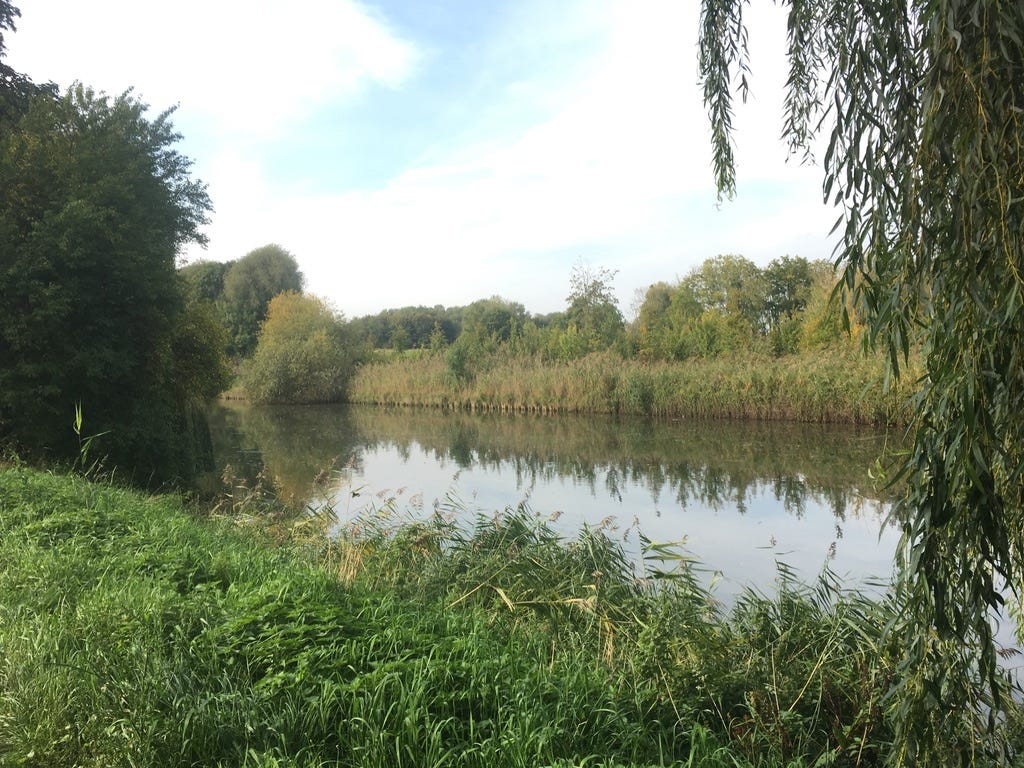
I remembered how the Executioner rowed Anne of Breuil over to the other side for a stage - a rostra - so her final moment would be seen by all equally. Her final defeat would also be set apart from the Musketeers. Perhaps so that they would not be splashed by her blood. They could never be said to have her blood on their dirty male hands. And the grand resolution is given to the Executioner so that he might gain satisfaction for the death of his brother. Did he know everything? Or just one side of the story?
I was booked to catch the 16:57 to Lille but I got the earlier one. Next up is 17:41 to Paris. Bought some M&S salads from the station.
I noted the Virginia Creeper growing wild along the train lines. It was turning red with autumn. The colour of the Executioner’s cloak. Of course it was imported from Virginia and would only go wild after Milady’s time. Shame.
When I got to Gard Nord I went to the Metro. Line 1, Saint Paul.
And so I managed it. From June to September 2017. Round the North of France and the South of England on public transport and a pretty tight budget. I went to places I felt I ought to see and found others with intuition and gut instinct. And perhaps a little help from my muse, Sexy Lexy. I do regret not looking harder and earlier for Richelieu in Paris but I did try. He’s not really an issue for Milady before The Three Musketeers begins so perhaps Lexy was intervening there.
All in all, it was a good adventure. I felt happier when I was moving. I had opportunities to live in rural France, in sixteenth century farmhouses, close to animals and ancient byways. I saw major monuments and created a reasonable trail for Milady. I felt I had enough images on board to develop some sort of draft, both on the making of an assassin and searching for her. I can do it. I’m a good way along already! Let that be my focus for a time. Thanks, Lexy!
1618 - When not racing horses, the English court was amused by human foot racing. Buckingham won three thousand pounds when footmen raced from St Albans to Clerkenwell.
Read that again. Three thousand pounds in 1618!!! What’s that? Three million in today’s money? My agent will know. Whoever you are …





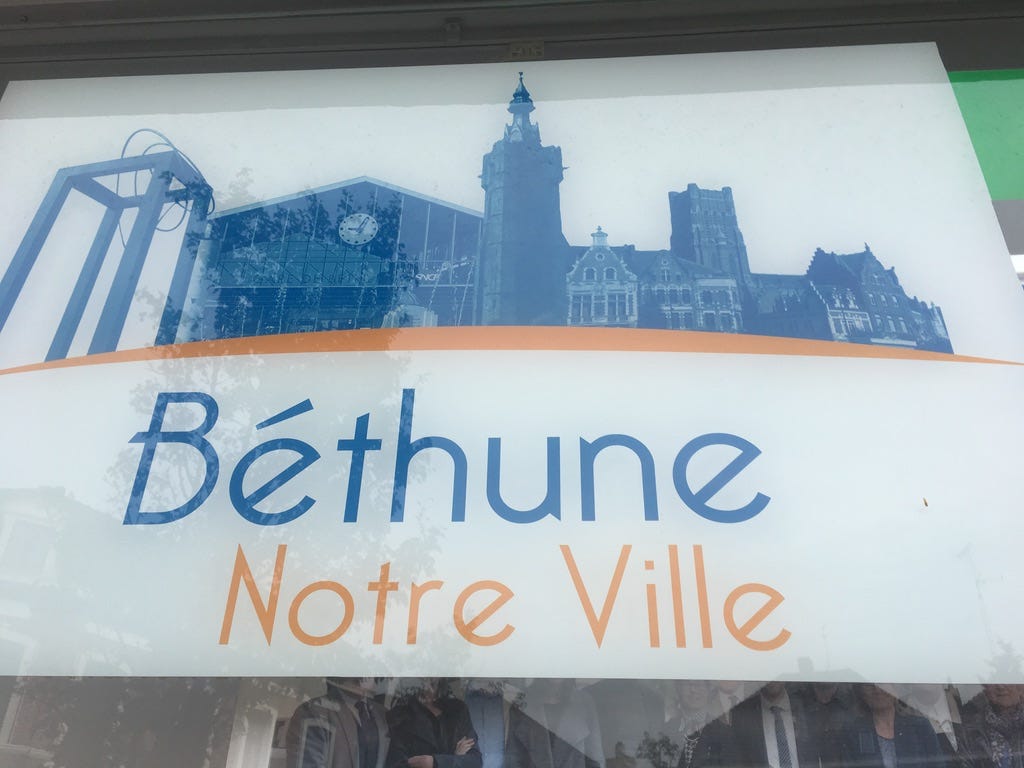
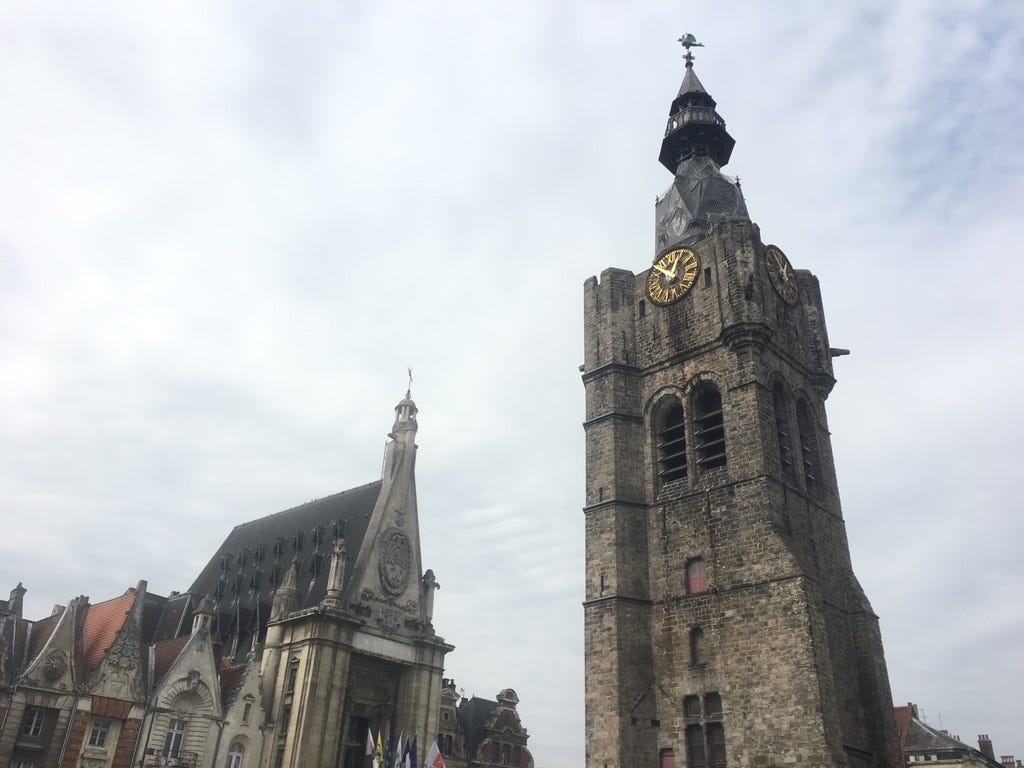
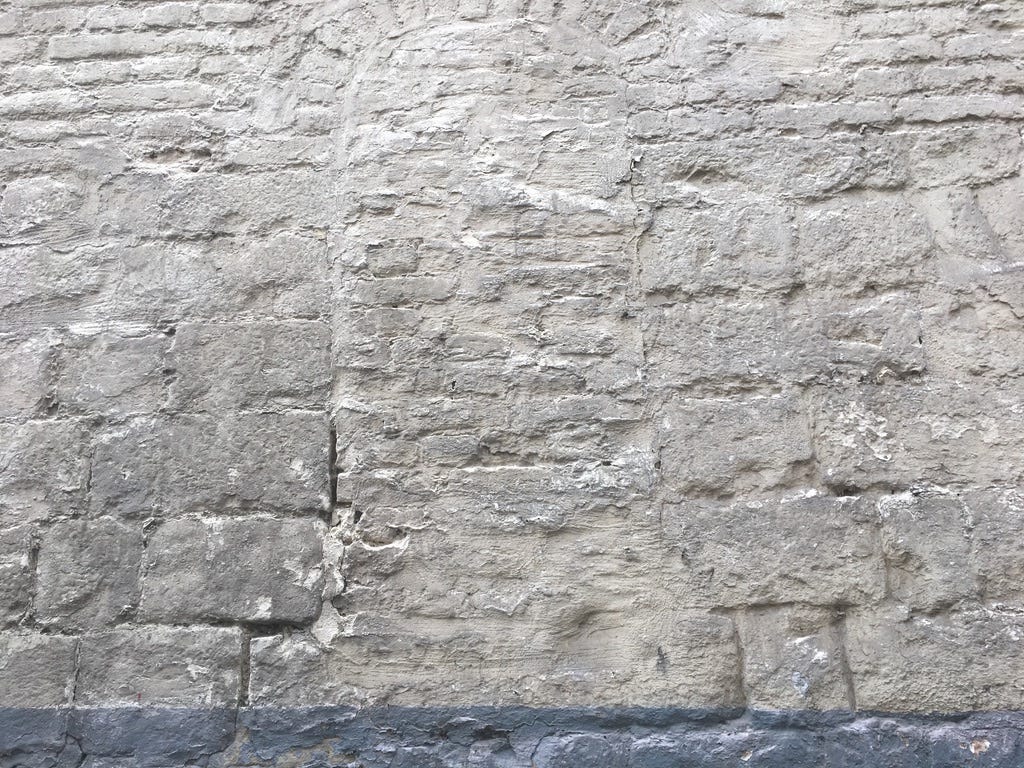

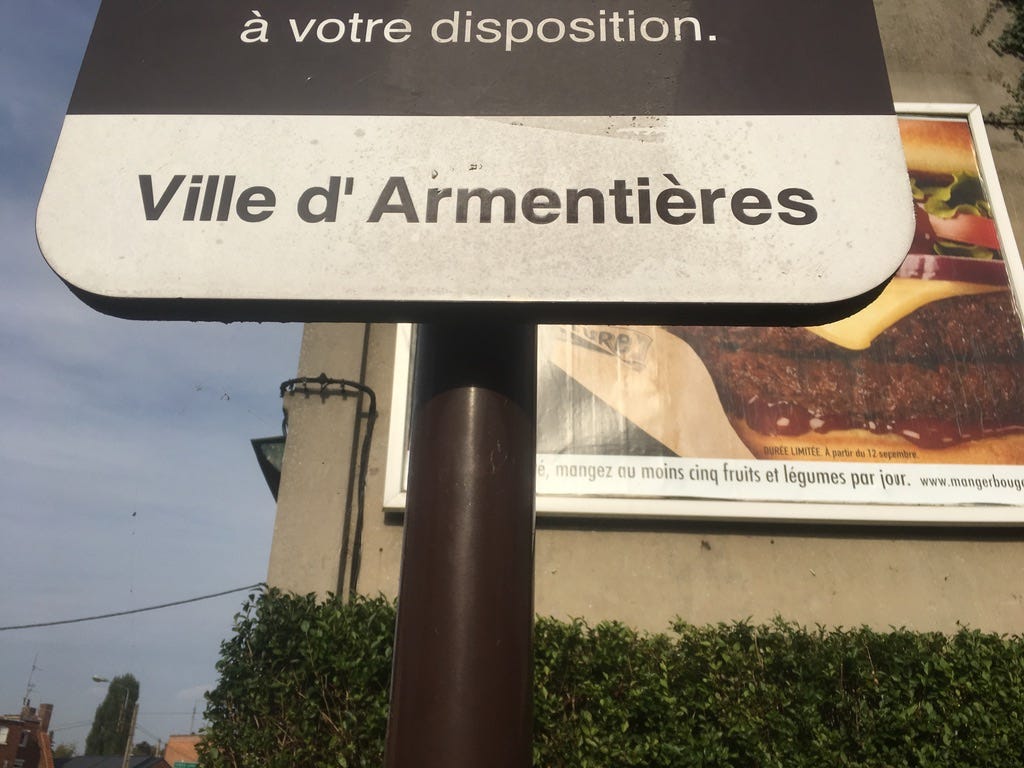

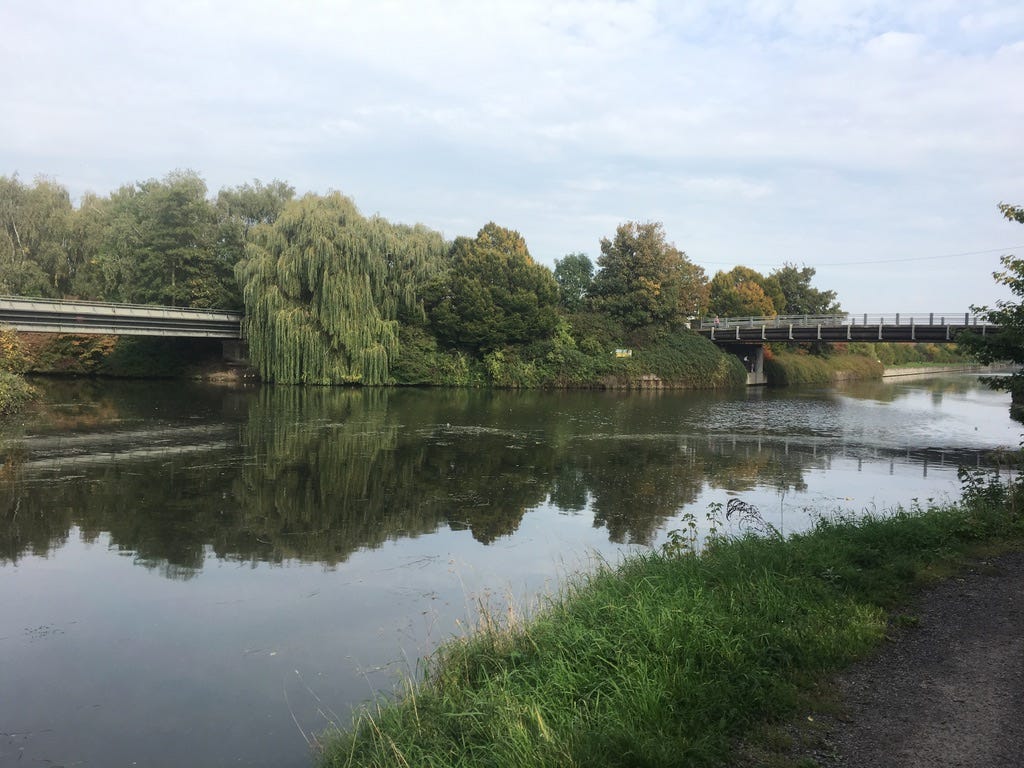
Such a treat that we can still travel to 16th century France. Thank you for sharing!